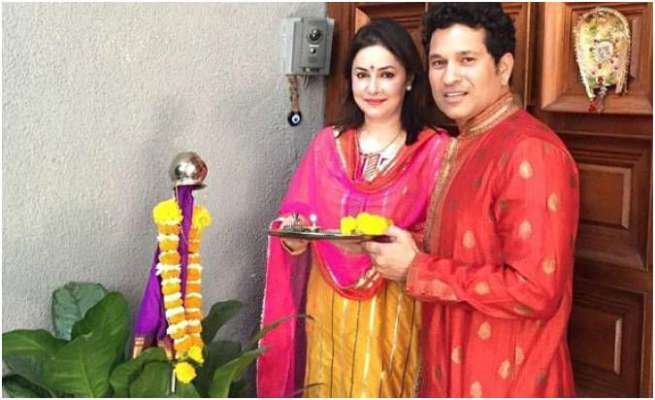India, the land of festivals, is ready to celebrate Gudi Padwa on March 18. This Maharashtrian festival, Gudi Padwa is celebrated as Yugadi in Karnataka, or Ugadi in Telangana and also as Navreh by Kashmiri Pandits and Cheti Chand by Sindhis.
These festivals revolves around the celebration of spring in the agricultural calendar and the date indicates the end of the season and the beginning of next. It also signifies that the rabi crop has been harvested and it is time for mangoes to flood the market.
‘Chaitra Shukla Pratipada’ or Gudi Padwa marks the beginning of the traditional Hindu year and the first day of the Chaitra month of the Hindu calendar for the Maharashtrian. Apart from the agrarian significance, Gudi Padwa has a mythological significance too, where it is believed that Lord Brahma created the universe on this day and that was the beginning of ‘Satyuga’. After worshiping Lord Bhrahma, devotees hoist a Gudi, which is a doll to summon Lord Vishnu, who is known as the savior to shower his blessings on them and their families.
Another popular belief associated with Gudi Padwa is the victory of the great ruler Shivaji Maharaj. It is believed amongst the devotees that on this day, Chatrapati Shivaji Maharaj hoisted the victory flag upon his territory and began the festivities of Gudi Padwa.
In terms of food too, this festival holds a special place in every household. Traditional dishes like Puran Poli and Shrikhand are prepared to celebrate this auspicious day. Similar to Puran Poli, a stuffed parantha called Obbattu in Karnataka and Bobbattu in Andhra Pradesh are prepared as well. The stuffing is made with a paste of gram flour and jaggery and is topped with ghee or milk. On the other hand, Konkanis prepare Kanangachi Kheer with coconut milk, sweet patato, rice flour and jaggery and to sweeten their day.








